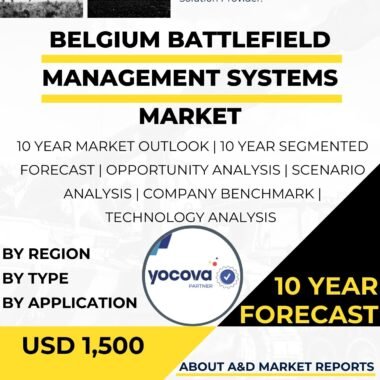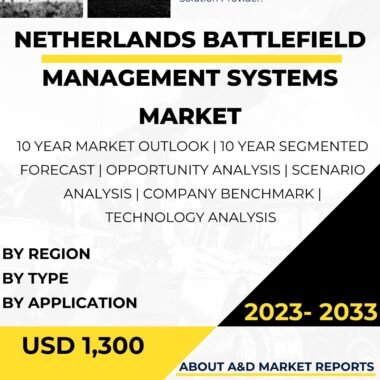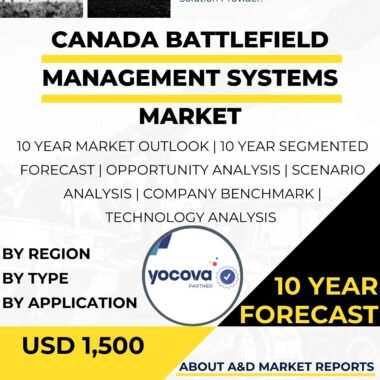Description
Combat Management Systems (CMS) are critical components of Canada’s modern naval vessels, providing advanced command, control, and coordination capabilities during military operations. These sophisticated systems integrate data from various sensors and platforms, enabling naval commanders to make informed decisions, engage targets effectively, and protect the ship and its crew. Canada’s commitment to employing state-of-the-art CMS reflects its dedication to enhancing maritime security, safeguarding its territorial waters, and contributing to international security efforts.
CMS serve as the central nervous system of a naval vessel, acting as a hub for data collection, processing, and dissemination. These systems facilitate seamless communication and coordination among various shipboard sensors, weapons systems, and control centers.
One of the primary functions of CMS is situational awareness. By integrating data from radar, sonar, electronic warfare sensors, and other sources, CMS provides a comprehensive picture of the ship’s surroundings, including air, surface, and subsurface threats.
This real-time situational awareness enables naval commanders to understand the operational environment, detect potential threats, and respond promptly to changing situations.
CMS also support target engagement and weapons control. The system can automatically track and identify potential targets, such as hostile vessels or aircraft, and facilitate the allocation of appropriate weapons to engage these threats effectively.
The integration of CMS with the ship’s weapons systems, such as surface-to-air missiles, anti-ship missiles, and anti-submarine torpedoes, allows for precise and timely targeting, increasing the vessel’s offensive capabilities.
Moreover, CMS enables coordinated defense against anti-ship missiles and other threats. The system can automatically distribute defensive measures, such as chaff, flares, and electronic countermeasures, to protect the ship from incoming missiles.
Canada’s modern naval vessels, such as frigates and destroyers, are equipped with advanced CMS to support a wide range of missions.
The Halifax-class frigates, for example, are equipped with the Lockheed Martin CMS 330, a comprehensive combat management system that provides robust situational awareness, target engagement, and self-defense capabilities.
The Canadian government collaborates with domestic and international defense companies to ensure the integration, maintenance, and modernization of CMS on its naval vessels.
Regular maintenance and testing of CMS are conducted to ensure their readiness and operational effectiveness.
Moreover, the Canadian Armed Forces conduct comprehensive training programs to familiarize naval personnel with the operation and utilization of CMS effectively.
Training includes simulated exercises, scenario-based drills, and classroom instruction to ensure that crews can effectively operate CMS during high-stress situations.
The integration of new technologies and advancements into Canada’s CMS reflects the country’s dedication to staying at the forefront of naval warfare capabilities.
The Canadian government invests in research and development to enhance CMS performance, resilience, and interoperability.
As part of multinational efforts, the Canadian Armed Forces participate in joint exercises and training with allied nations, promoting interoperability and coordination in combined naval operations.
Canada’s CMS also support its commitment to international peacekeeping and security efforts.
As part of multinational missions, Canadian naval vessels equipped with advanced CMS provide valuable contributions, such as maritime domain awareness, anti-piracy operations, and support for maritime interdiction operations.
In conclusion, Combat Management Systems are critical components of Canada’s modern naval vessels, providing advanced command, control, and coordination capabilities during military operations.
These sophisticated systems integrate data from various shipboard sensors and platforms, enabling naval commanders to make informed decisions, engage targets effectively, and protect the ship and its crew.
CMS serve as the central nervous system of the ship, facilitating seamless communication and coordination among various shipboard systems and control centers.
Canada’s commitment to employing state-of-the-art CMS reflects its dedication to enhancing maritime security, safeguarding its territorial waters, and contributing to international security efforts.
The integration of advanced CMS on Canadian naval vessels enhances situational awareness, target engagement, and self-defense capabilities, providing a comprehensive and coordinated approach to naval warfare.
Regular maintenance, comprehensive training, and investment in research and development underscore Canada’s dedication to maintaining cutting-edge CMS capabilities that can effectively respond to evolving security challenges.
Canada’s CMS supports its role as a responsible and capable player in the global security landscape, contributing to international peacekeeping efforts and protecting its national security and sovereignty.




